

The Legacy of Landscape
A page from MLA history illuminates the work of today’s landscape architects
The Fall 2019 special issue of Stewards, “Honoring our Past, Meeting the Future,” presented the compelling story of the school’s evolution, and how—through the visionary work of its leadership and alumni—it has risen to meet the environmental challenges of its time.
In this issue, we tell more of that story, this time sharpening our focus upon the Master of Landscape Architecture (MLA) program at SEAS. We also share a few highlights of how today’s alumni, faculty, and students continue to build upon their legacy with fresh thinking, creative design, and cross-disciplinary collaboration.
Today…
In 2020, the American Society of Landscape Architects (ASLA) elevated 19 new members to the ASLA Council of Fellows—a recognition that is among the highest honors that the ASLA bestows. Of those 19 new fellows nationwide, two of them are SEAS alumni—a fact that is no coincidence, but rather a reflection, upon the quality and stature of the MLA program at SEAS.
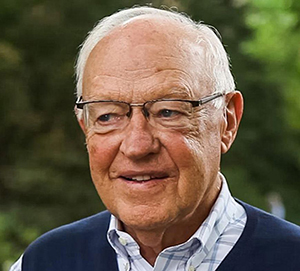
[Photo: The Cultural Landscape Foundation]
The newest ASLA Fellows, Kofi Boone (BS ’92, MLA ’95) and John S. Troy (MLA ’73), join scores of SEAS MLA alumni and faculty to earn recognition for their achievements. Earlier this year, Dean Emeritus and professor, William Johnson, who co-founded the international architectural firm JJR (William Johnson, Carl Johnson, and Clarence Roy) in Ann Arbor in 1961, received the 2020 Landscape Architecture Foundation (LAF) Medal, an award presented for “distinguished work in applying the principles of sustainability to landscapes over a career.”
The awards and recognition are indeed significant, yet the enduring testimony to the program lies in the richness and diversity of the work itself—created by its alumni and faculty regionally, nationally, and around the globe.
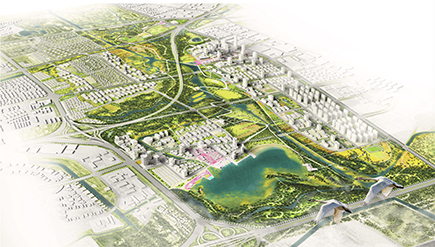
One example is the work of alumnus Tao Zhang (MS/MLA ’08), who led the winning team in a competition to design Zhangjiabang, the largest public park in Shanghai. The 1,223-acre park was completed in 2015, and has since prompted ecological and urban renewal. Zhang, who lives in Boston, works for Sasaki, one of the world’s most renowned landscape architecture firms.

“An outdoor park is a living, dynamic space that is constantly evolving and driven by natural processes. The design must be considered from the user perspective, but it also must be respectful of and accommodate the natural system it is part of,” says Zhang.
Honoring our Past: The first milestone
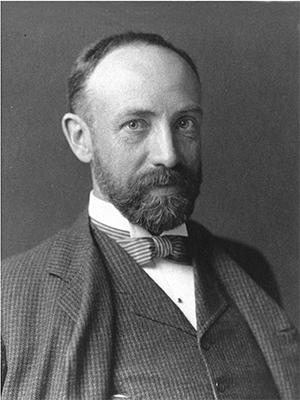
[Photo: Washtenaw County Historical Society]
Respect for the “natural system” has been a distinct hallmark of the MLA program since U-M graduate and renowned Chicago landscape designer O.C. Simonds delivered the first lecture in the field at U-M in 1908. The following year, he established the first professional program in landscape design at U-M within the College of Literature, Science, and the Arts (LSA), making it one of the nation’s first—and among the very few programs in the world that employed ecological principles.
“It is not so important to develop the park by introducing carefully kept lawns and flower beds, but it is important to retain the native growth. No landscape gardener can plant as well as Nature has planted.”—O.C. Simonds, in a letter to the Ann Arbor Park Commissioners, 1905.
Notably, Simonds had returned to his alma mater in 1907 to design what would eventually be named the Nichols Arboretum. Still jointly owned by the city and the university, the “Arb” remains one of Ann Arbor's best-loved parks.
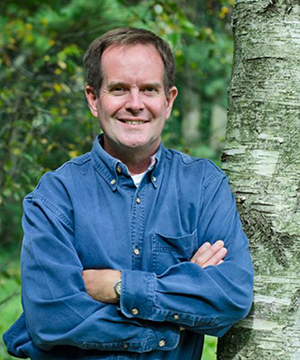
SEAS Professor of Landscape Architecture Emeritus Robert Grese—who served as the director of the Arb and Botanical Gardens for more than 20 years—wrote the introduction to a reprint of Simond’s 1920 edition of Landscape Gardening: “Many of Simonds’s ideas were remarkably prescient. He encouraged the use of native plants; he called for the protection of land for aesthetic as well as utilitarian reasons; he championed interconnected park and boulevard systems or “greenways”; he encouraged the planting of “nature gardens”; and he proposed thoughtful solutions to the increasingly ragged edges of early twentieth-century cities, warning of sprawl long before the word was invented.”
Grese, who retired in June 2020 after a distinguished 34-year career at SEAS, is a longtime advocate for ecological design with an emphasis on regionally native flora. Also an ASLA Fellow, Grese’s research explored themes in environmental stewardship. Grese’s book, Jens Jensen: Maker of Natural Parks and Gardens, reawakened many to Jensen’s advocacy for a regional approach to landscape design.
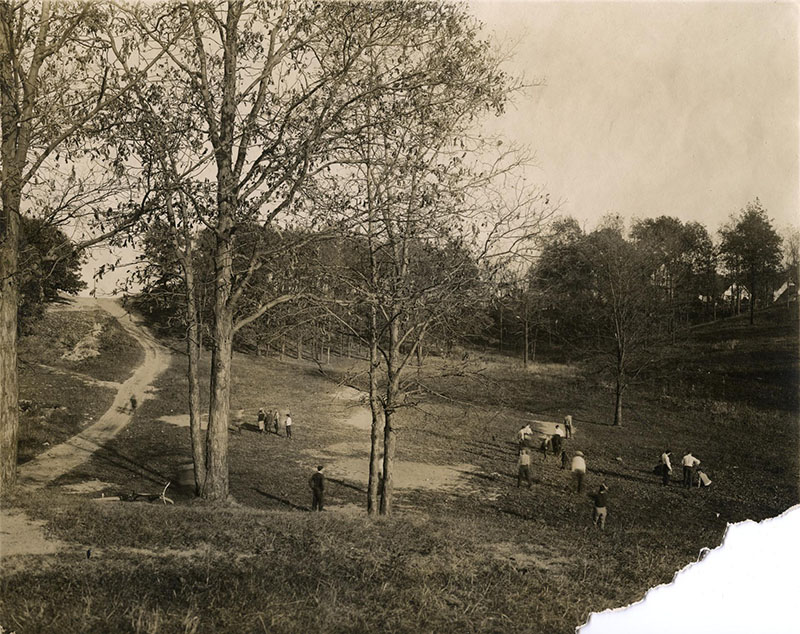
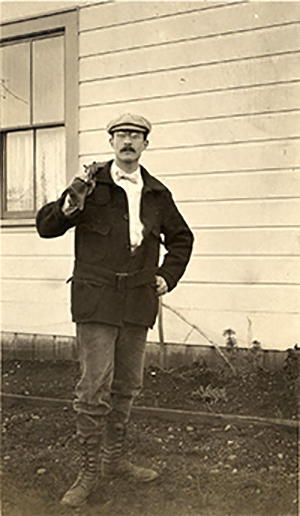
[Photo: Bentley Image Bank]
Grese’s early predecessor as the Nichols Arboretum director was Aubrey Tealdi, who had been serving as the first chair of the newly formed landscape design program since its establishment in 1909. Tealdi assumed the Arb’s directorship in 1916, and carried out the actual implementation of Simonds’ designs. One of Tealdi’s own most beloved contributions to the Arb is the peony garden—which he initially designed in 1922 with the generous gift of a wide variety of peonies from U-M alumnus William Erastus Upjohn (1875).
That same year, Tealdi broached a very different topic, and one that demonstrated his foresight into the evolving role of landscape design in civic improvement.
“At first, the movement in civic improvement was mainly confined to the idea of the City Beautiful, so that the plans and reports dealt mostly with parks, civic centers, and other specialized features... It was not till later that the less showy but fundamental questions such as transportation, water supply, sewerage systems, etc., were taken into consideration as essential parts of civic improvement.”
—Aubrey Tealdi, in an introduction to The Law of City Zoning and Planning
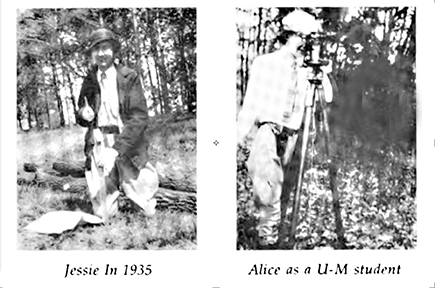
Did you know?
Twins Alice and Jessie Bourquin, born in 1909, were pursuing a liberal arts education at U-M when they took Tealdi’s landscape design course. The subject so appealed to the sisters’ love of art and nature that they were inspired to study city planning at the Sorbonne in Paris after graduation. They then returned to U-M to earn master's degrees in landscape design in 1934. That same year, the sisters launched a private landscape design practice, and carried out numerous projects in Ann Arbor, including the gardens at the U-M president’s home—occupied at the time by President Alexander G. Ruthven. Clients were scarce in the Depression, however, leading Alice to accept a position at the State Highway Department in Lansing—becoming the first woman landscape architect hired by the highway department. In her 39-year career, she assisted in the design of most of the 103 roadside parks on the Michigan state highway system.
Jessie eventually joined her sister in Lansing as an economic research analyst for the Michigan Department of Commerce. In the 1930s, the sisters and their brother, U-M alumnus James Bourquin, began to subdivide and develop the family acreage on Geddes Avenue near the Arboretum. By the 1960s, four subdivisions, Hillwood I-IV, had been constructed. After their retirement in 1974, the sisters returned to Ann Arbor, and embarked upon the last phase of development on the 25 hilly, wooded acres, maintaining the strict building and use restrictions that preserved privacy and natural beauty throughout the property. For their 80th birthdays, the American Society of Landscape Architects sponsored a party for the Bourquin sisters, who also received certificates of appreciation from Governor James Blanchard and the Michigan House and Senate.
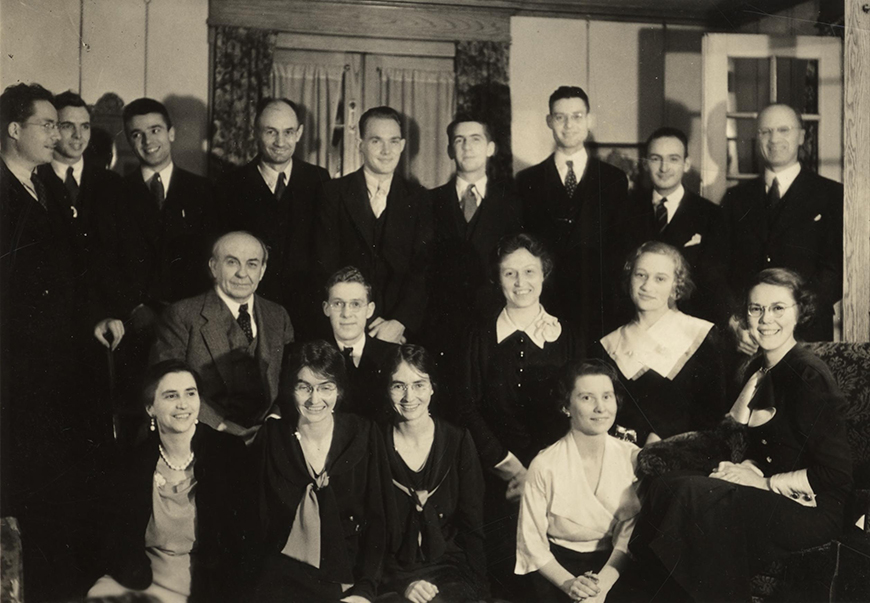
Tealdi retired from U-M in 1934, and was succeeded by esteemed faculty member Harlow O. Whittemore as department chair and director of the Arboretum—positions which he held until his retirement in 1958. Whittemore had first arrived at U-M as a graduate student in the Department of Landscape Design, and remained to become an instructor in 1914.
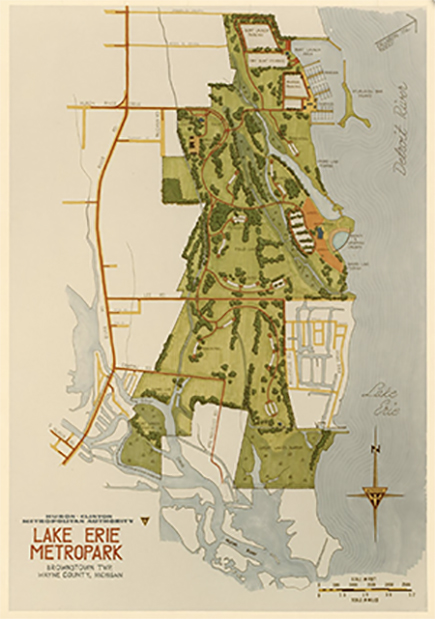
In 1939, the Department of Landscape Design was transferred to the College of Architecture, and was renamed the Department of Landscape Architecture with Whittemore as chair. That same year, U-M awarded the nation’s first PhD in Landscape Architecture.
Beyond his prominent role at the university, Whittemore was instrumental in developing the concept for the Huron-Clinton Metro Park Authority—developing a 13-park system that forms a partial ring around Metro-Detroit. In honor of his many contributions, the Harlow O. Whittemore Lecture Series at SEAS was established in 1977 with an endowment created with gifts from many of Whittemore’s family, friends, and former students.
In addition to the Nichols Arboretum, state roadside parks, and the Huron-Clinton Metro Parks, SEAS faculty have made other impactful contributions to the region’s park systems. Among them was the design for a 69-acre parcel of land along the Huron river.
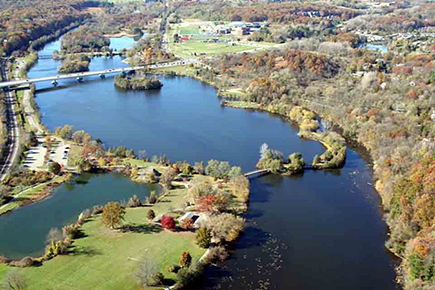
In 1968—the same year he had joined the faculty—SEAS Professor Emeritus Kenneth Polakowski was invited to create a master plan for a new park. At the time, the land that would become Ann Arbor’s iconic river park had been ravaged by a massive storm. Despite the daunting condition of both land and river, Polakowski rose to the challenge—and the master plan for Gallup Park developed into the thoughtfully designed community gathering space that is now one of Ann Arbor’s most popular recreation areas. With its three-mile loop of trails traversing the islands and pond, picnic shelters and open fields, Gallup Park provides a welcome balance between city and nature.
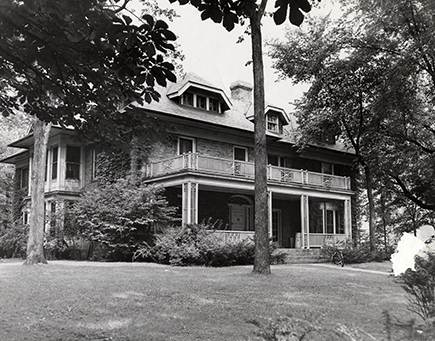
In 1965, the administration of the Department of Landscape Architecture was transferred to SEAS. It wouldn’t be until 1978, however, that the MLA program physically relocated into the Dana Building.
“Even though we were part of the School for Natural Resources (SNR, now SEAS), it is amazing how many places we were housed before our studios were finally placed in the Dana Building,” said the late Terry Brown, U-M professor of landscape architecture from 1972 to 2005. “We left the College of Architecture to join SNR, but many stops occurred along the way. These different locations proved our endurance and determination to not only intellectually join SNR, but also to physically be part of the school.”
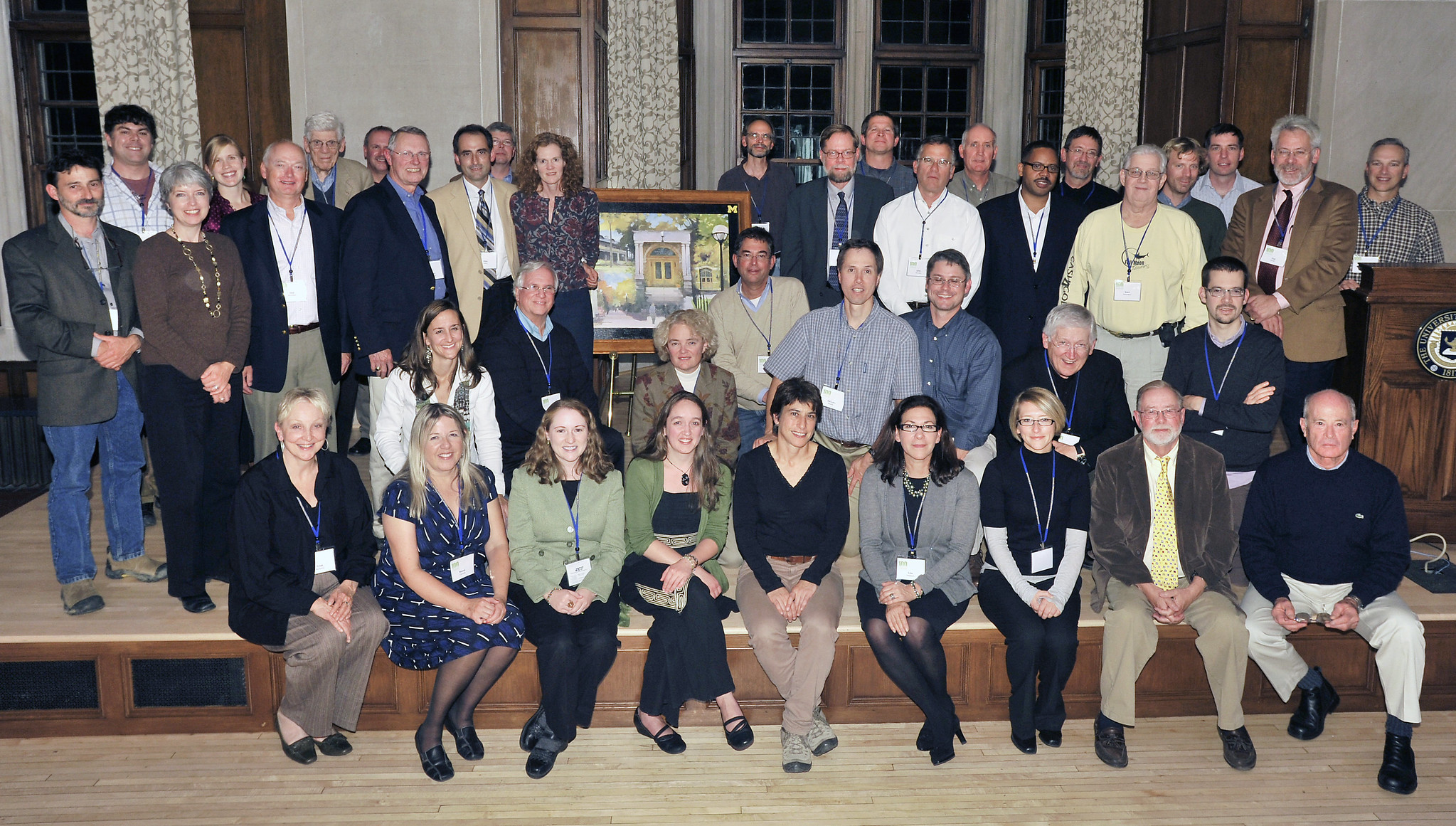
Milestone: Centennial
In 2009, the Master of Landscape Architecture program celebrated its first centennial with alumni, current students, and past and present faculty. Organizers asked several of those attending to share their perspectives on the question:
“What single development in landscape architecture will most change the course of the profession in the next 100 years, and why?”
Allison Krueger (MLA ’10) who now serves as the stewardship manager for Michigan’s Washtenaw County Parks & Recreation department was an MLA candidate at the time.
“As a profession, and specifically as graduates of the University of Michigan, we create solutions based on balances between ecological principles and human cultural needs,” says Krueger. “In the next 100 years our work will affect the everyday experience of people as they enjoy the benefits of cleaner water and air, walkable neighborhoods, healthier ecosystems with greater biodiversity, fresher and more localized food production, cleaner sources of energy, and greater networks of public green and open space.”
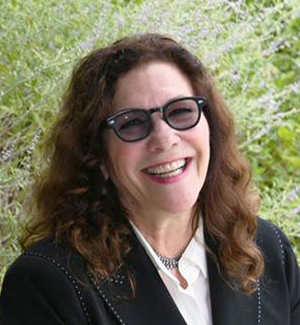
Lisa Delplace (MLA ’88) is now the CEO and principal of the landscape architecture firm OEHME, VAN SWEDEN. In 2009, she responded:
“With ever increasing demands to develop urban open spaces, landscape architects must not only seek to preserve existing open space but advocate for new well-designed, sustainable green spaces for people. To do so will require active participation on community, state, and federal planning boards. Short-term economic valuation of developable lands often overshadows the long-term financial contributions green space brings to cities. One must ask what would New York be without Central Park, Boston without the Emerald Necklace, or St. Louis without Forest Park? Chicago and other forward-thinking cities have proven the long-term financial benefits to ‘greening’ urban areas: increased tourism, higher square-foot rental rates near major parks, and increased demand for development near major park lands. What will be our contribution to this legacy?”
2009–2020: Contributing to the legacy
In the decade-plus since the MLA program celebrated its 100th anniversary, both alumni and faculty have continued to contribute to the expanding role that landscape architects play in tackling challenges such as climate change, environmental justice, and the need for new strategies in the built environment.
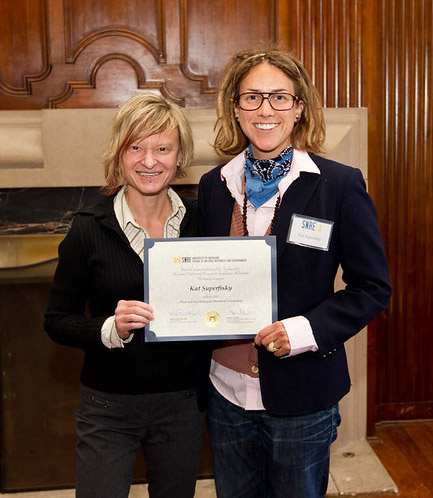
These are a few examples of innovation across the spectrum of SEAS landscape architects.
Los Angeles-based Kat Superfisky (BA ’07, MS/MLA ’13) is an urban ecologist and landscape designer. She founded and serves as director of Grown in LA, an organization that aims to transform the urban landscape by growing and supplying locally propagated climate-appropriate plants to public green infrastructure projects (such as the Los Angeles River revitalization), while simultaneously engaging Angelenos through educational and vocational training opportunities. Superfisky also teaches urban ecology courses at California State Polytechnic University-Poloma, and has spearheaded urban ecology projects at the landscape architecture and design firm, Studio-MLA. In a fitting note from MLA history, as a SEAS student in 2012, Superfisky was a recipient of the Alice and Jessie Bourquin Memorial Scholarship.
“Through my work,” says Superfisky, “I hope to further the budding field of urban ecology, and help humans rewrite the stories we tell about ourselves and the impact we have on the environment around us into positive ones.”
In 2019, Xiaohao Yang (a first-year MLA student at the time), won the National ASLA Student Honor Award in Analysis and Planning for his “extraordinarily far-reaching plan” that addresses the long-term prospect of catastrophic sea-level rise in China’s Pearl River Delta—regarded as the inevitable effect of climate change.
Closer to home, MLA faculty, students, and alumni are making impacts in Detroit and throughout the region.
MLA Assistant Professor Mark Lindquist developed Land.info, a 3D landscape visualization software that supports the design and planning of environments that perform ecologically, socially, and culturally for more sustainable outcomes.
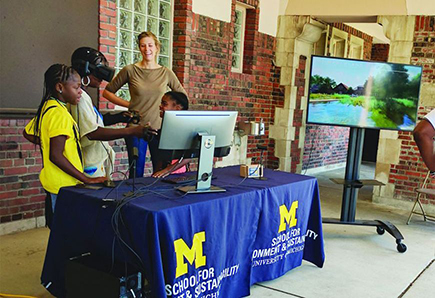
Shannon Sylte (MLA ’19) is now a project landscape architect at Design Workshop in Aspen, Colorado. As a student and Graham Sustainability Institute Dow Master’s Fellow, she had been working with Lindquist on Land.info when she learned of the need for “resident-based” design in Detroit’s Mack Ave corridor. Sylte recruited four Dow Master’s students to join her in what evolved into “Community Engagement in Green Infrastructure Design.” The project was one of two student-led teams to win awards of $35,000 in the Dow Distinguished Awards Competition.
“The social piece of the project involved training residents to use the design software to enhance design outcomes by tapping into local expertise, and empowering Detroiters to visualize and co-create open space and green infrastructure design,” says Sylte.
With support of the Erb Family Foundation, Professor Joan Nassauer (FASLA) led a transdisciplinary team involving faculty from around the University, Detroit residents, and the Detroit Water and Sewerage Department and the City of Detroit in a multi-year project to transform vacant lots into green stormwater infrastructure (GSI) to support the well-being of neighborhood residents and improve water quality in the Detroit River and the Great Lakes.
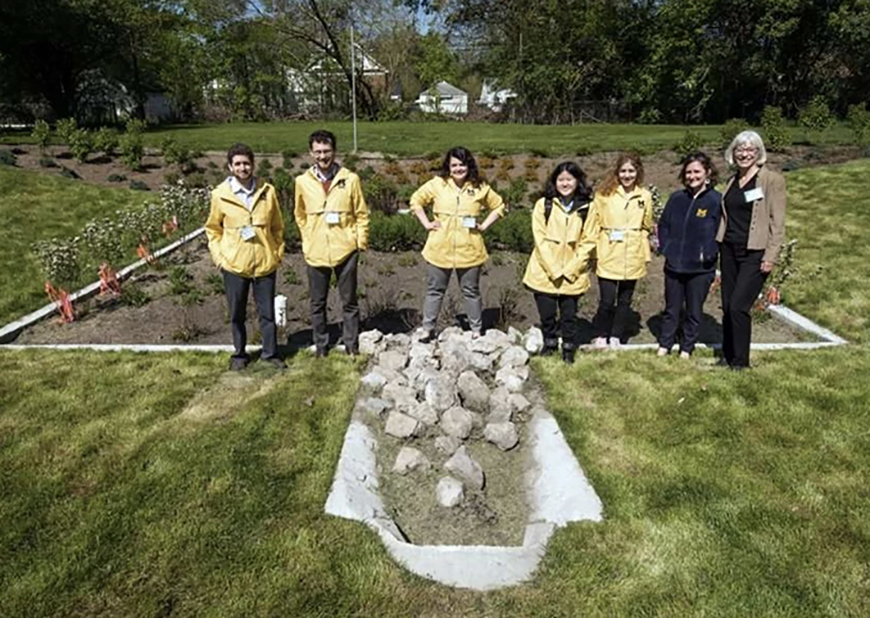

Early in the COVID-19 crisis, Michigan News hosted a Q&A with Associate Professor MaryCarol Hunter to revisit a study published last year in Frontiers in Psychology. Hunter and her colleagues had shown that spending just 20 minutes in nature—even if it’s simply gardening, doing yardwork, or sitting quietly in the backyard—can significantly lower stress hormone levels. That finding, which the researchers called a “nature pill,” held special significance when most U.S. residents were under stay-at-home orders and experiencing high levels of stress. Hunter’s work builds upon that of Professor Emerita Rachel Kaplan, who, along with her husband Stephen Kaplan, published The Experience of Nature: A Psychological Perspective in 1989.
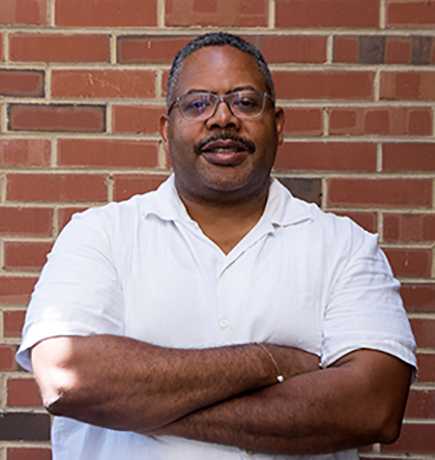
Kofi Boone (BS ’92, MLA ’95, FASLA), one of the new 2020 ASLA Fellows introduced at the beginning of this story, is a professor of landscape architecture and environmental planning at North Carolina State University’s College of Design. Along with Nassauer, he was among the “Most Admired Educators” identified by Design Intelligence in 2019.
As a prominent scholar and a leading voice in addressing racism through democratic design, his work focuses on the changing nature of communities—and bridges theory and practice both at home and abroad.
Earlier this year, we reached out to Professor Boone for his thoughts on the potential impact of landscape architects in a world where climate change and environmental justice are inextricably interlinked. We also asked him if he had any advice for students who are passionate about the field.
“Landscape architecture has changed dramatically since I was a student,” says Boone. “Systems thinking, globalization, and the climate change imperative are largely ubiquitous in our profession and impacting the way we think about and do our work. There have been tremendous inroads made in our profession with regards to gender equity, but we are still struggling with racial equity and creating a profession that is more reflective of the diverse communities we serve. The stakes are very high, but the opportunities are everywhere.”
As 2020 marks the beginning of another decade in the department’s unfolding story, today’s MLA students are well prepared to seize those opportunities. The next chapter in MLA history will be shaped by them—as they rise to meet the future.
PRIMARY SOURCES OF HISTORICAL TEXT:
- Bentley Historical Library: https://bentley.umich.edu/
- Harlow O. Whittemore papers: 1905-1986: https://quod.lib.umich.edu/b/bhlead/umich-bhl-88141?view=text
- University of Michigan Faculty History Project: http://faculty-history.dc.umich.edu/
- University of Michigan Millennium Project: http://milproj.dc.umich.edu/
- Michigan Alumnus Magazine Archive: https://alumni.umich.edu/michigan-alumnus/magazine-archive/
- Ann Arbor District Library: https://aadl.org/
- Matthaei Botanical Gardens and Nichols Arboretum: https://mbgna.umich.edu/nichols-arboretum/
- Huron-Clinton MetroParks: https://www.metroparks.com/
- Stewards magazine, 2009 - 2010

